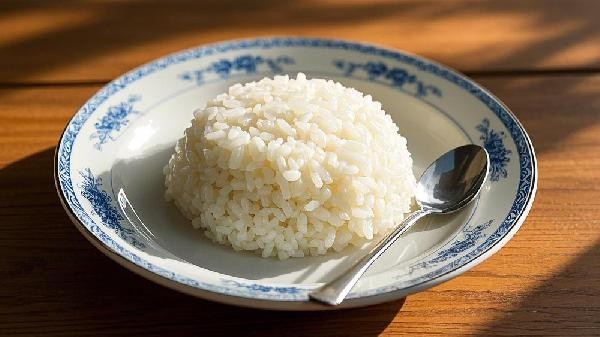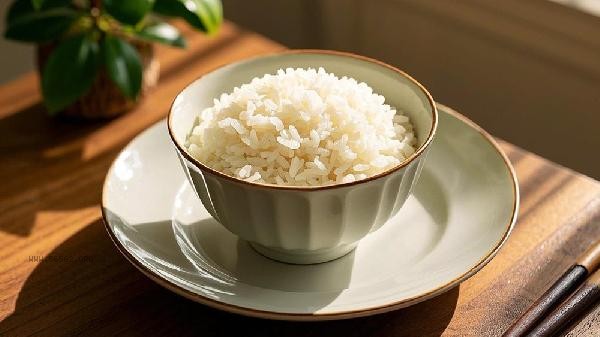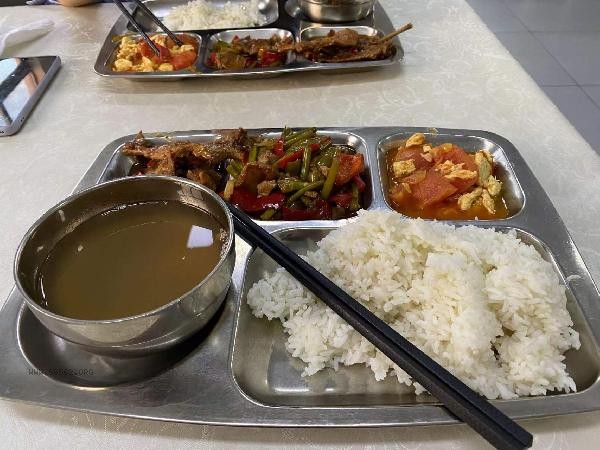The leftover rice for Congee is generally harmless to the body, but its nutritional value will be reduced. The leftover rice may have problems such as starch aging and microbial reproduction during storage, and can still be eaten after reasonable treatment. When the remaining rice is refrigerated and stored for no more than 24 hours without any obvious odor, the starch structure will partially recover after boiling at high temperature, making it easier to digest and absorb. When cooking Congee, it is recommended to use fresh vegetables, lean meat and other ingredients to make up for the loss of nutrition. Fully heating can kill most bacteria. People with weaker gastrointestinal function may experience mild bloating, but it usually does not cause serious health problems. After being stored at room temperature for more than 4 hours or refrigerated for more than 2 days, rice has increased starch resistance and may produce pathogenic bacteria such as Bacillus cereus. This type of leftover rice is difficult to completely break down toxins even when boiled, and may cause symptoms of foodborne diseases such as nausea and diarrhea after consumption. Patients with diabetes need to pay special attention to the fact that aging starch is converted into sugar more slowly, which may affect the effect of blood sugar control.

It is recommended to seal and refrigerate the leftover rice in time for daily treatment. Before cooking Congee, check whether there is stickiness and taste change. Ginger shreds and yam can be added to warm up ingredients to neutralize coldness and avoid repeated heating. Elderly, children, and immunocompromised individuals should consume fresh rice as much as possible. If symptoms such as abdominal pain and vomiting occur, they should seek medical attention promptly.










Comments (0)
Leave a Comment
No comments yet
Be the first to share your thoughts!